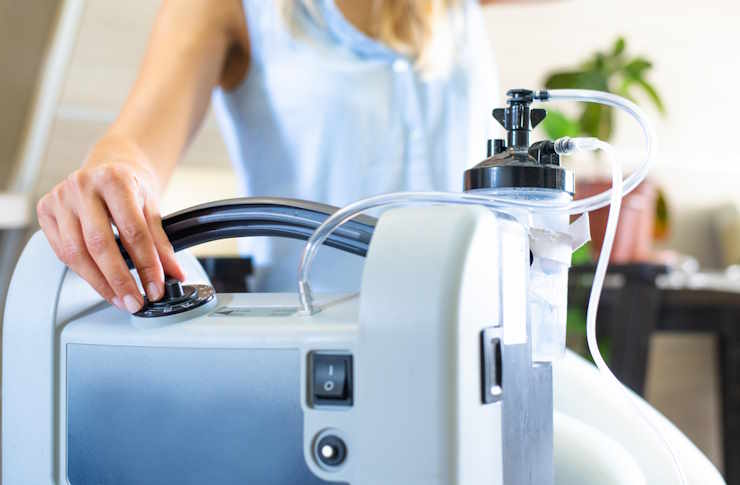Clean Water Technology: Understanding Home Filtration Options
Clean, safe drinking water is essential for health and well-being, yet tap water often contains various impurities and contaminants that can affect taste, odor, and safety. Modern filtration technology offers an effective solution by removing harmful substances while preserving beneficial minerals. From simple pitcher filters to comprehensive whole-house systems, multiple options exist for ensuring your family has access to pure, refreshing water every day.

Access to clean, safe drinking water has become increasingly important as awareness grows about potential contaminants in municipal water supplies. While public water treatment facilities work to meet safety standards, many households seek additional protection through home filtration technology. These systems offer peace of mind by providing an extra barrier against impurities that may affect water quality, taste, and safety.
Understanding How Water Filters Remove Impurities and Contaminants
Filtration technology employs various methods to eliminate different types of contaminants from your water supply. Activated carbon filters are among the most common, using porous carbon material to absorb chlorine, volatile organic compounds, and chemicals that cause unpleasant tastes and odors. These filters work through adsorption, where contaminants stick to the carbon surface as water passes through.
Reverse osmosis technology represents a more comprehensive approach, forcing water through a semi-permeable membrane that blocks particles, bacteria, viruses, and dissolved solids. This process can remove up to 99% of many contaminants, including heavy metals, fluoride, and pharmaceutical residues. Ultraviolet sterilization uses UV light to destroy bacteria, viruses, and other microorganisms without adding chemicals to the water.
Sediment filters capture physical particles like sand, rust, and debris, while ion exchange technology replaces harmful ions with beneficial ones, effectively reducing water hardness and removing specific contaminants like lead or nitrates. Multi-stage systems often combine several of these technologies for maximum effectiveness.
Guide to Selecting Home or Office Filtration Technology
Choosing the right filtration technology depends on your specific water quality issues, budget, and household needs. Start by testing your water to identify existing contaminants and their concentrations. Home test kits can detect common issues like chlorine, hardness, pH levels, and bacteria, while professional laboratory testing provides more comprehensive analysis.
Point-of-use technology, such as countertop or under-sink filters, targets specific faucets and works well for drinking and cooking water. These options are typically more affordable and easier to install. Whole-house technology treats all water entering your home, protecting appliances and providing filtered water throughout every tap and shower.
Consider your daily water consumption, available space, and maintenance preferences when making your selection. Pitcher filters offer convenience and portability but require frequent refilling. Faucet-mounted filters provide instant access but may reduce water pressure. Under-sink options offer high capacity and don’t take up counter space, while requiring professional installation.
Importance of Regular Filter Maintenance for Clean Water
Proper maintenance ensures your filtration technology continues operating effectively and safely. Most filters have specific replacement schedules based on water volume processed or time elapsed. Carbon filters typically need replacement every 2-6 months, depending on usage and water quality. Reverse osmosis membranes may last 2-3 years with proper pre-filtration.
Neglecting filter replacement can lead to reduced effectiveness, allowing contaminants to pass through or even creating breeding grounds for bacteria. Some technology includes indicator lights or alarms to remind you when replacement is due. Keep detailed records of installation and replacement dates to maintain optimal performance.
Regular system sanitization prevents bacterial growth and maintains water quality. This involves cleaning housing units, replacing O-rings, and following manufacturer guidelines for system flushing. Professional servicing may be recommended annually for complex technology to ensure all components function properly.
| System Type | Provider | Cost Estimation |
|---|---|---|
| Pitcher Filter | Brita, PUR | $20-60 initial, $20-40/year filters |
| Faucet Mount | Culligan, PUR | $25-80 initial, $30-50/year filters |
| Under-Sink | Aquasana, APEC | $150-400 initial, $50-100/year filters |
| Reverse Osmosis | APEC, iSpring | $200-600 initial, $60-120/year filters |
| Whole House | Pelican, Aquasana | $800-2500 initial, $100-300/year filters |
Prices, rates, or cost estimates mentioned in this article are based on the latest available information but may change over time. Independent research is advised before making financial decisions.
Investing in filtration technology provides long-term benefits for your health, home, and budget. Quality options reduce reliance on bottled water, protect appliances from scale buildup, and ensure consistent access to clean, great-tasting water. With proper selection and maintenance, filtration technology becomes an essential component of a healthy home environment, providing peace of mind and improved water quality for years to come.




